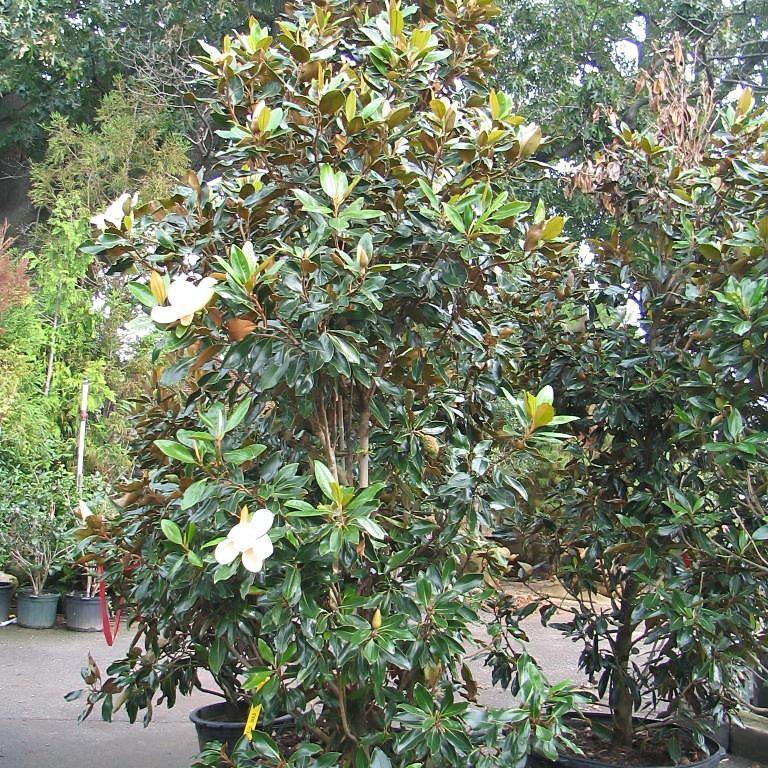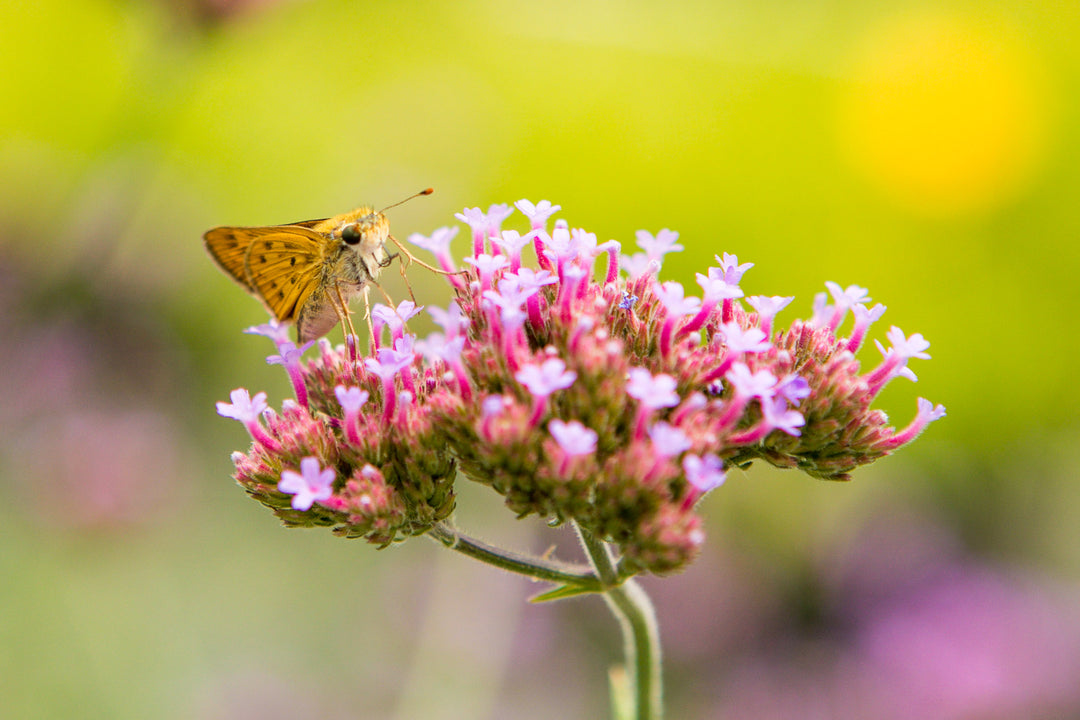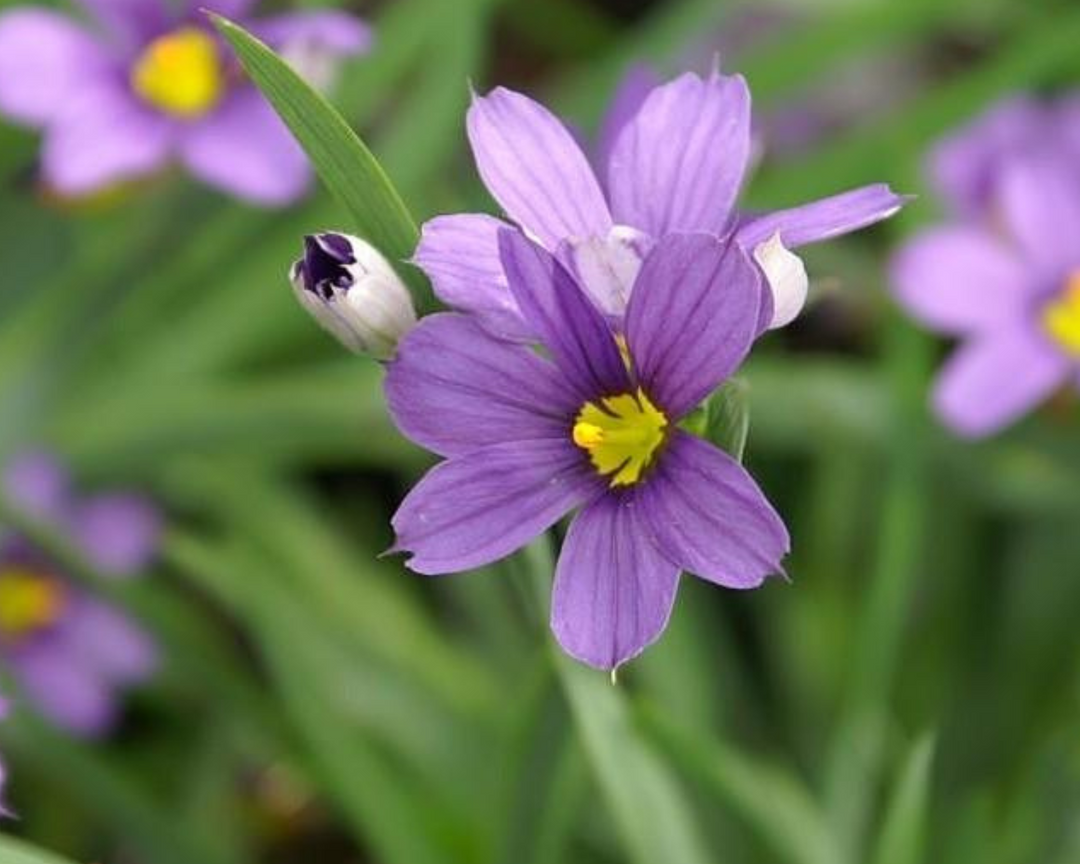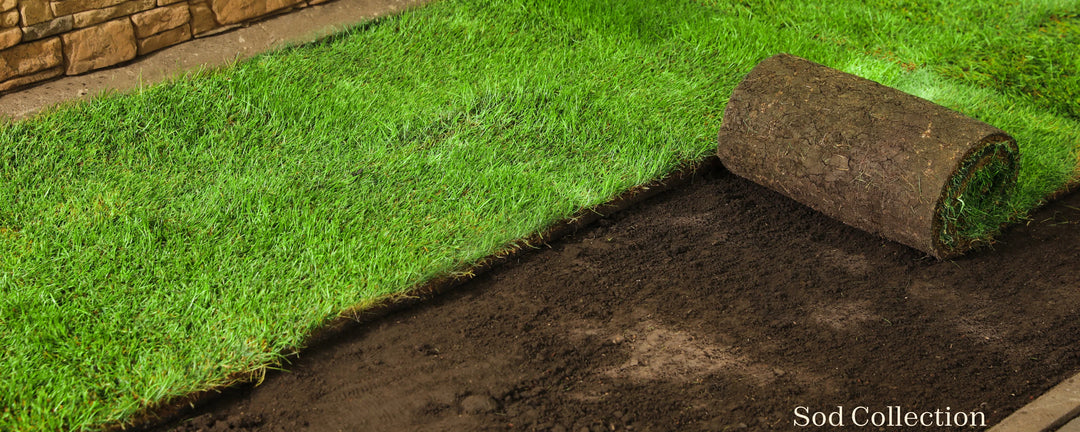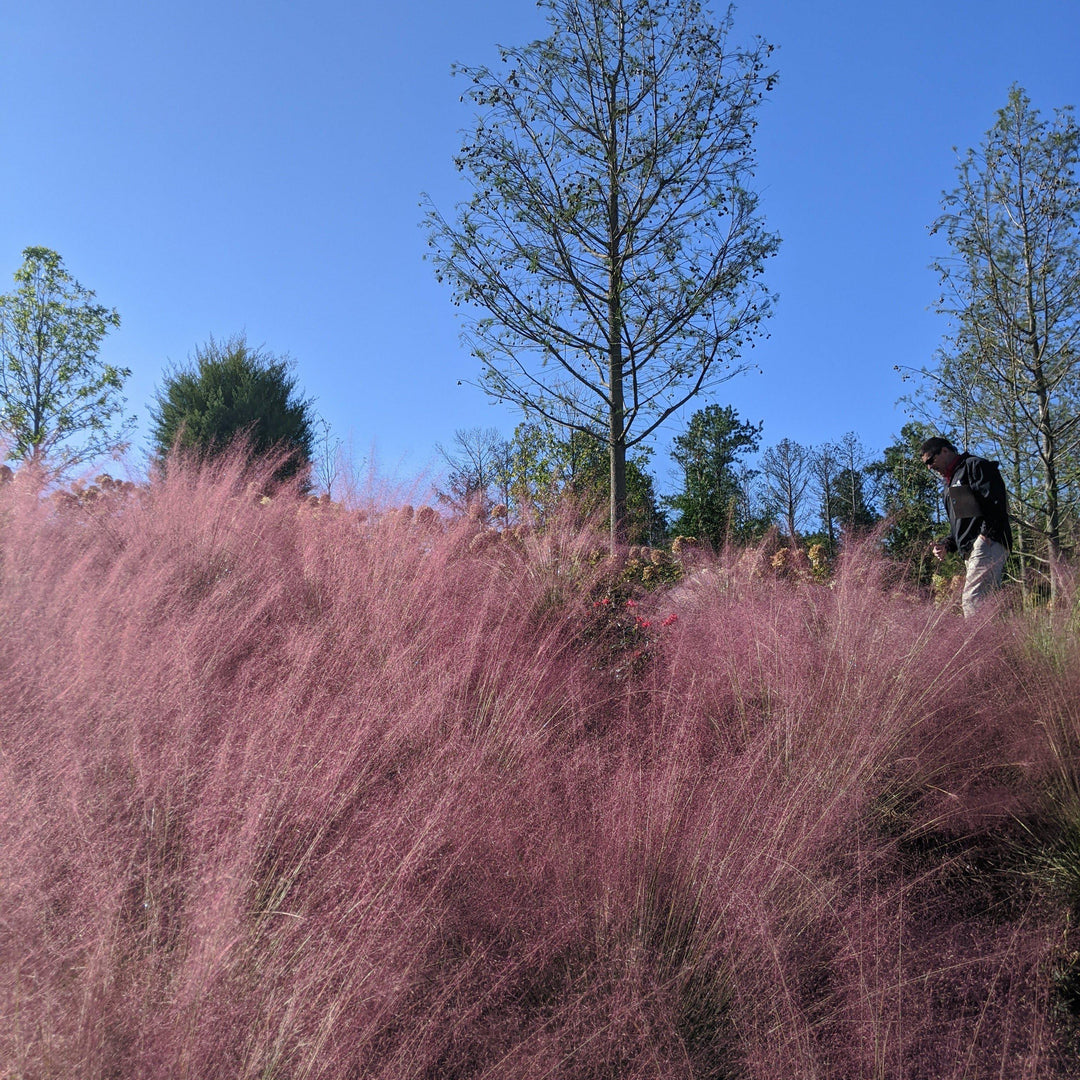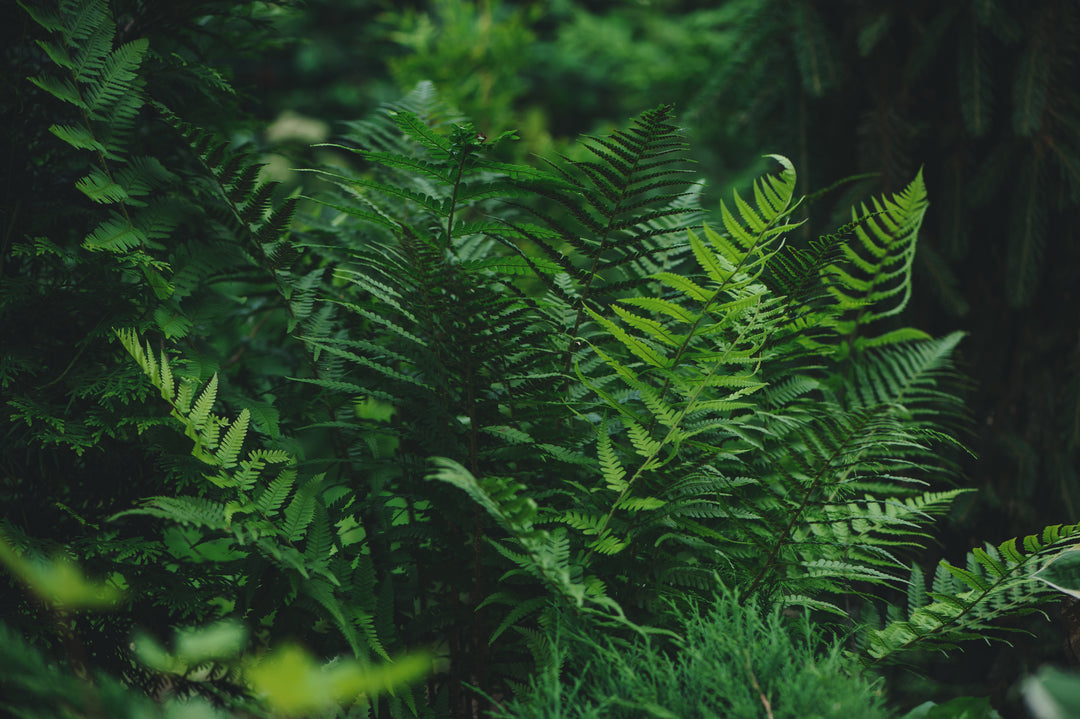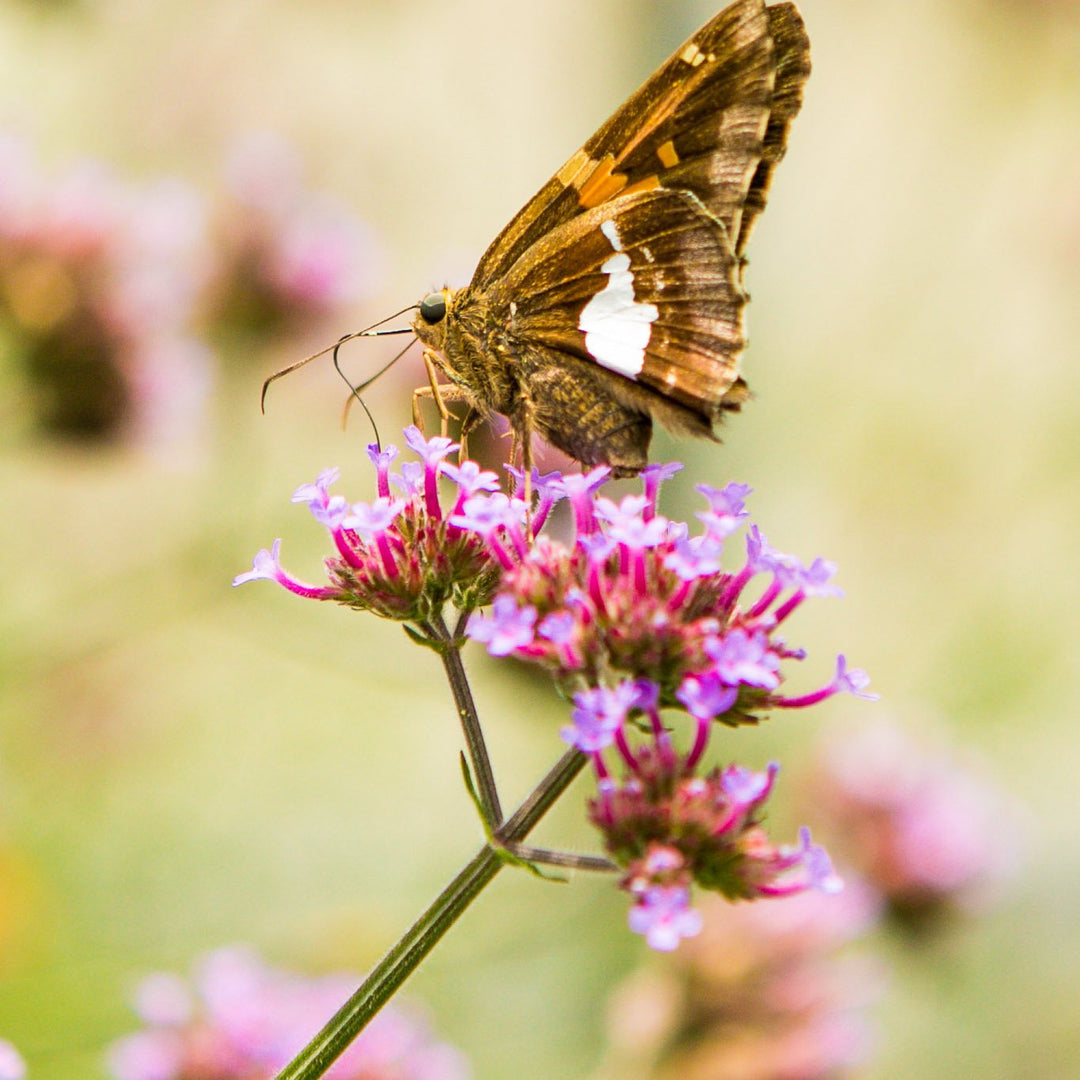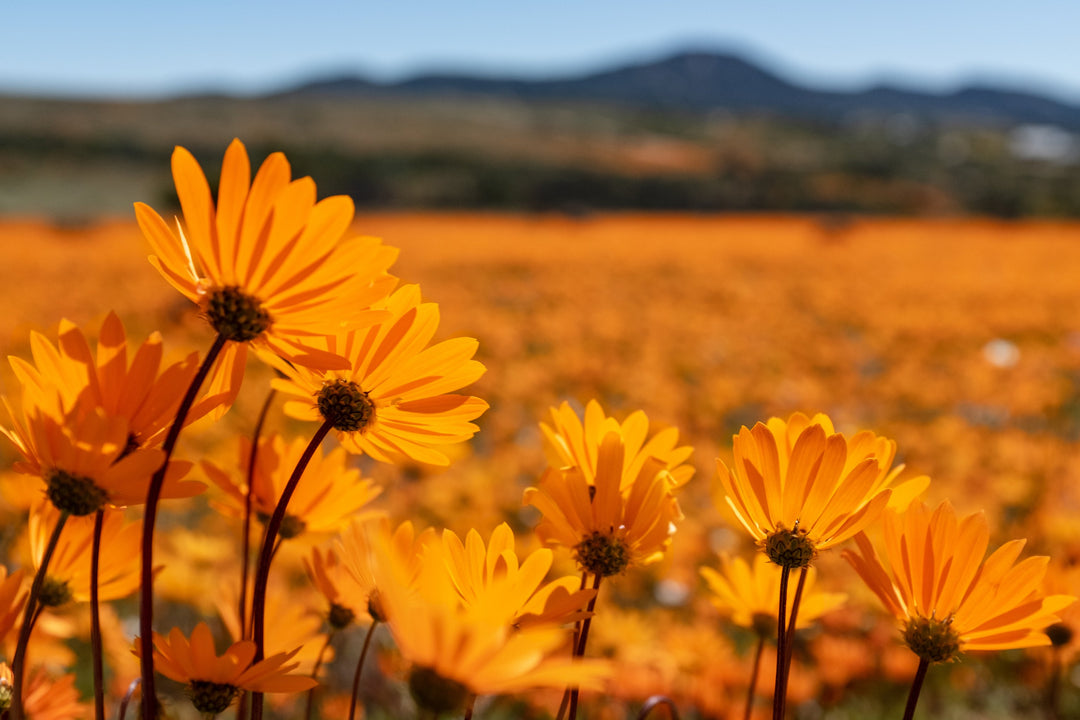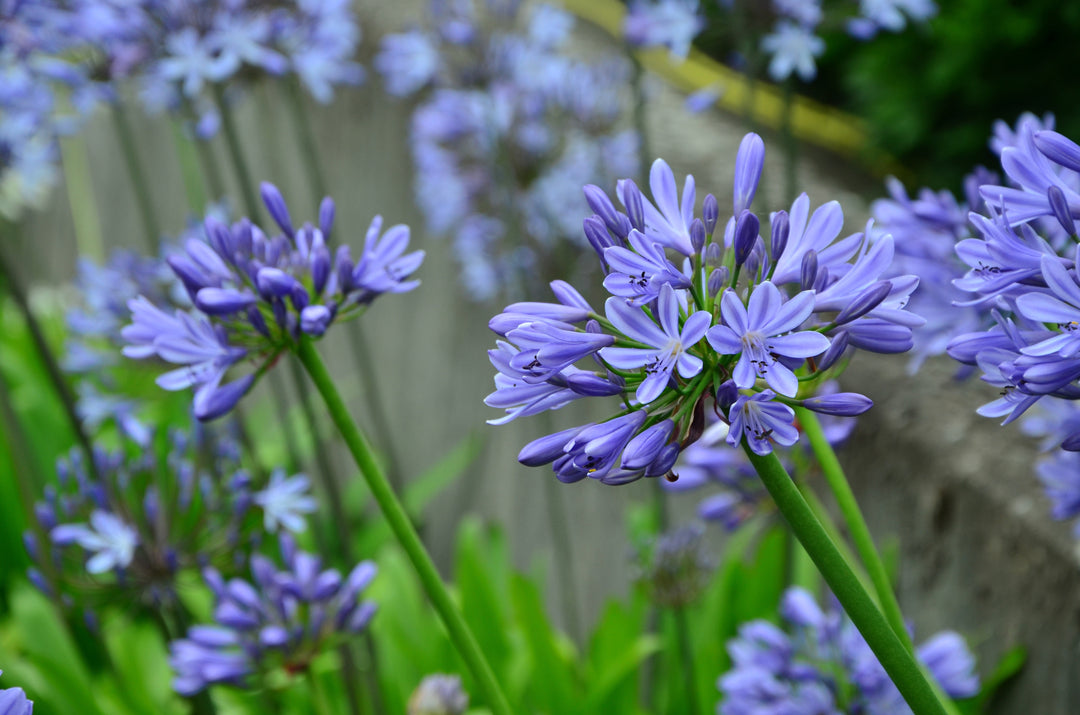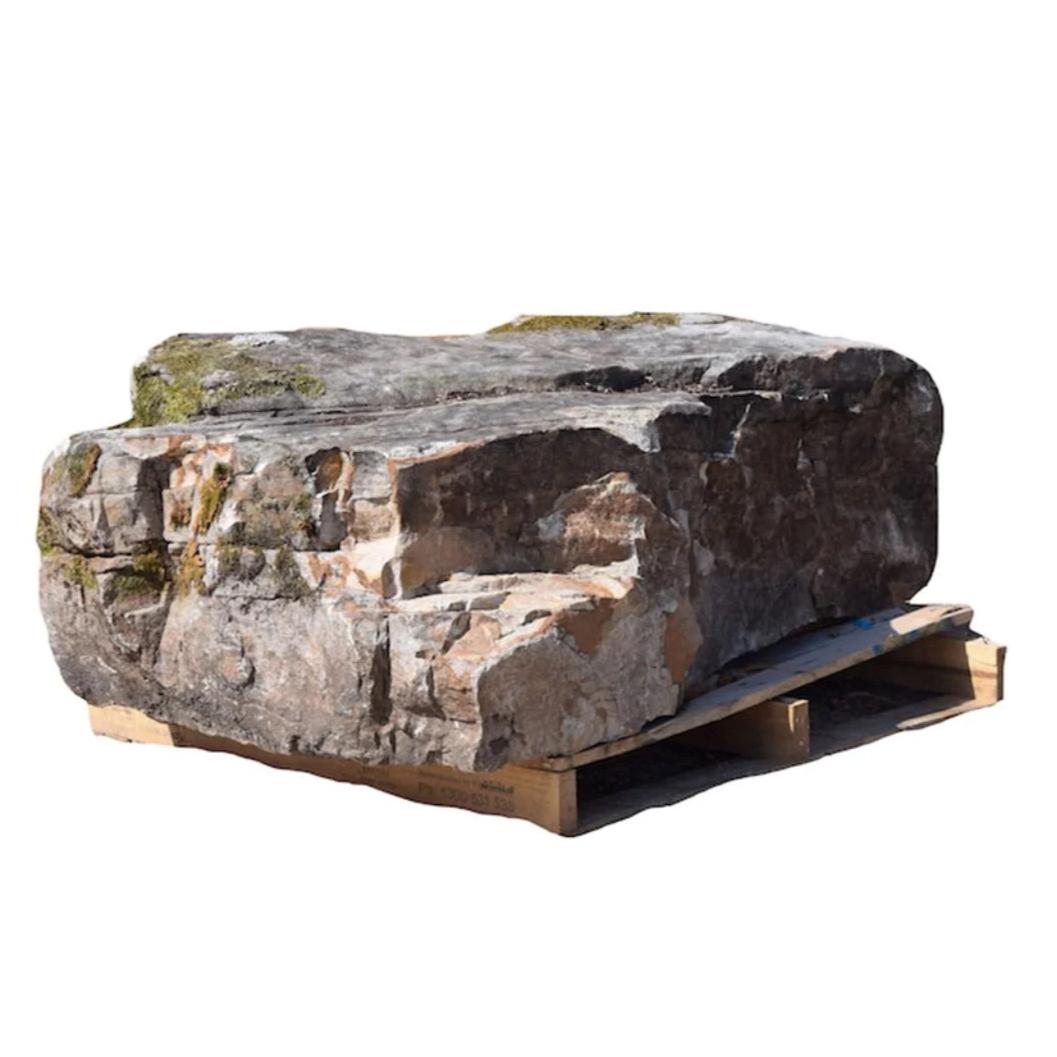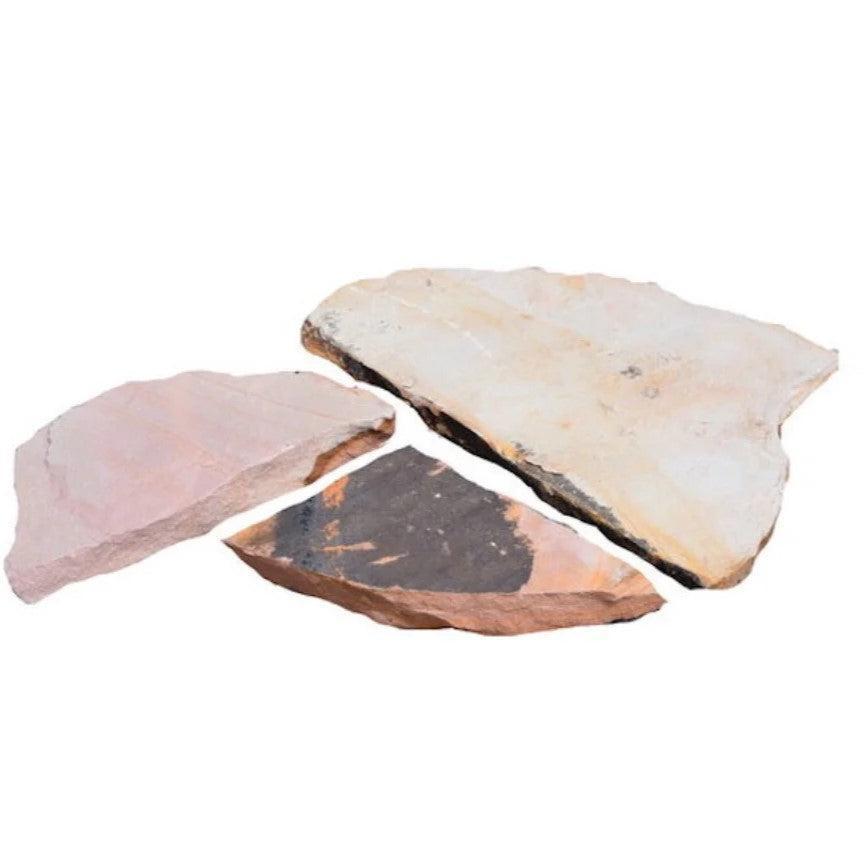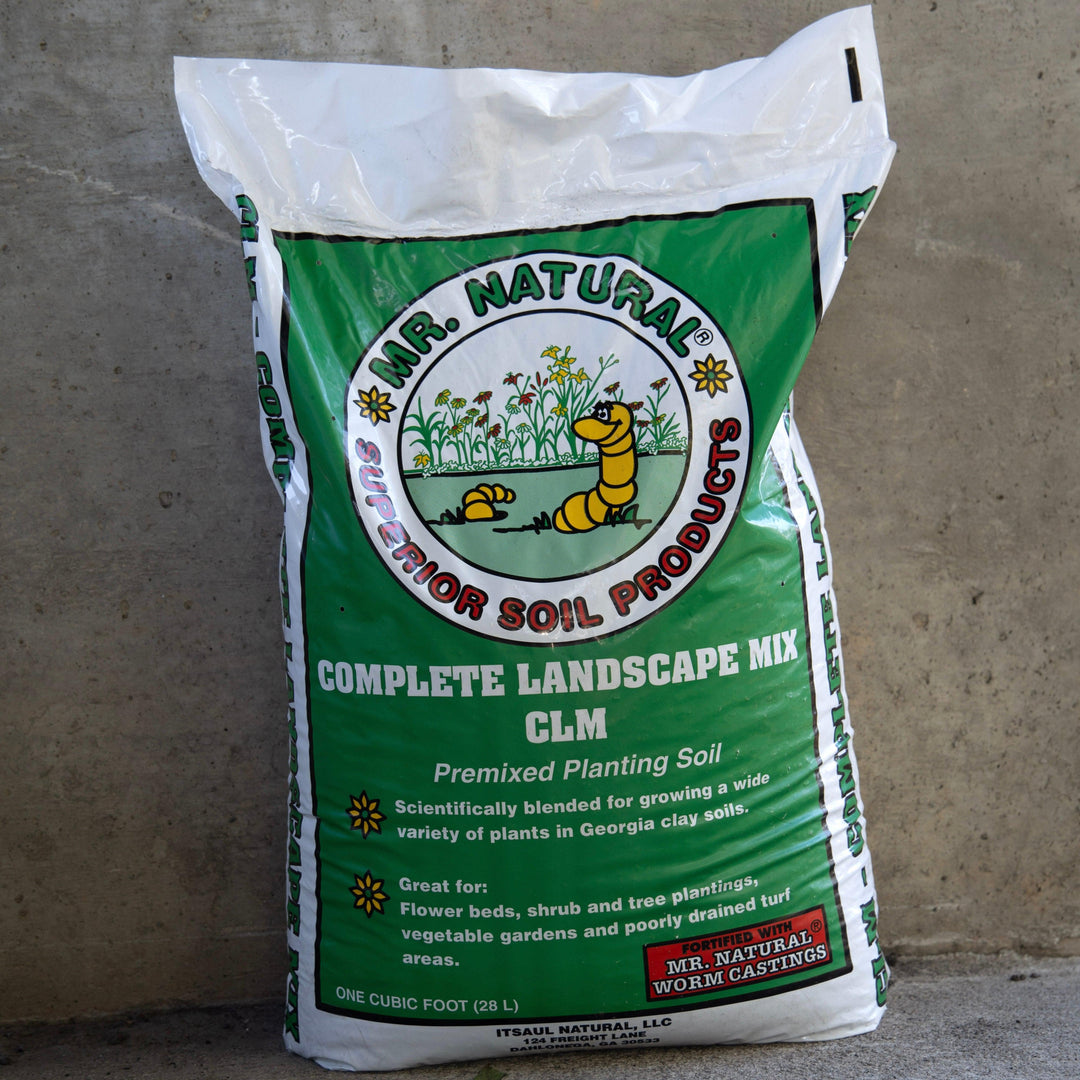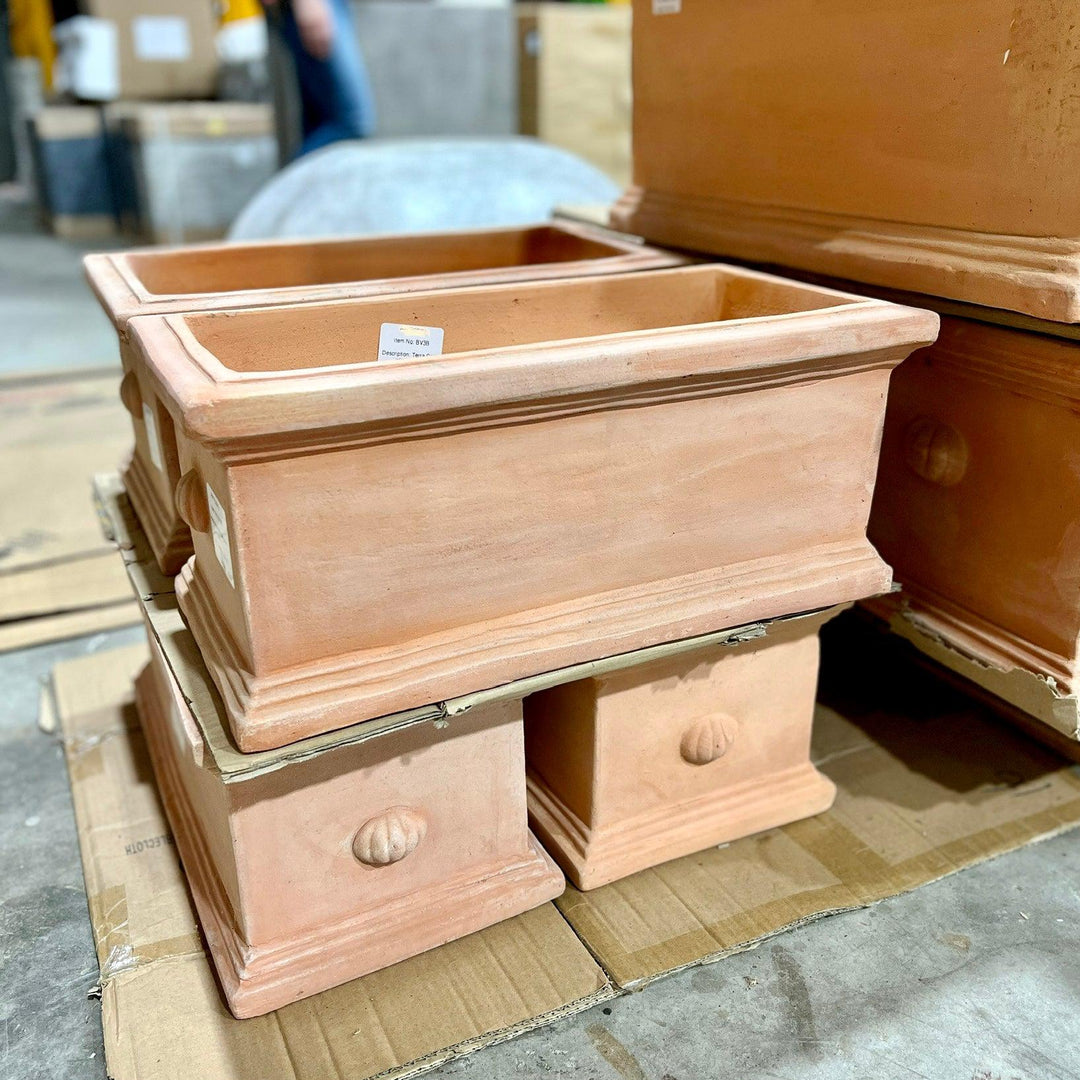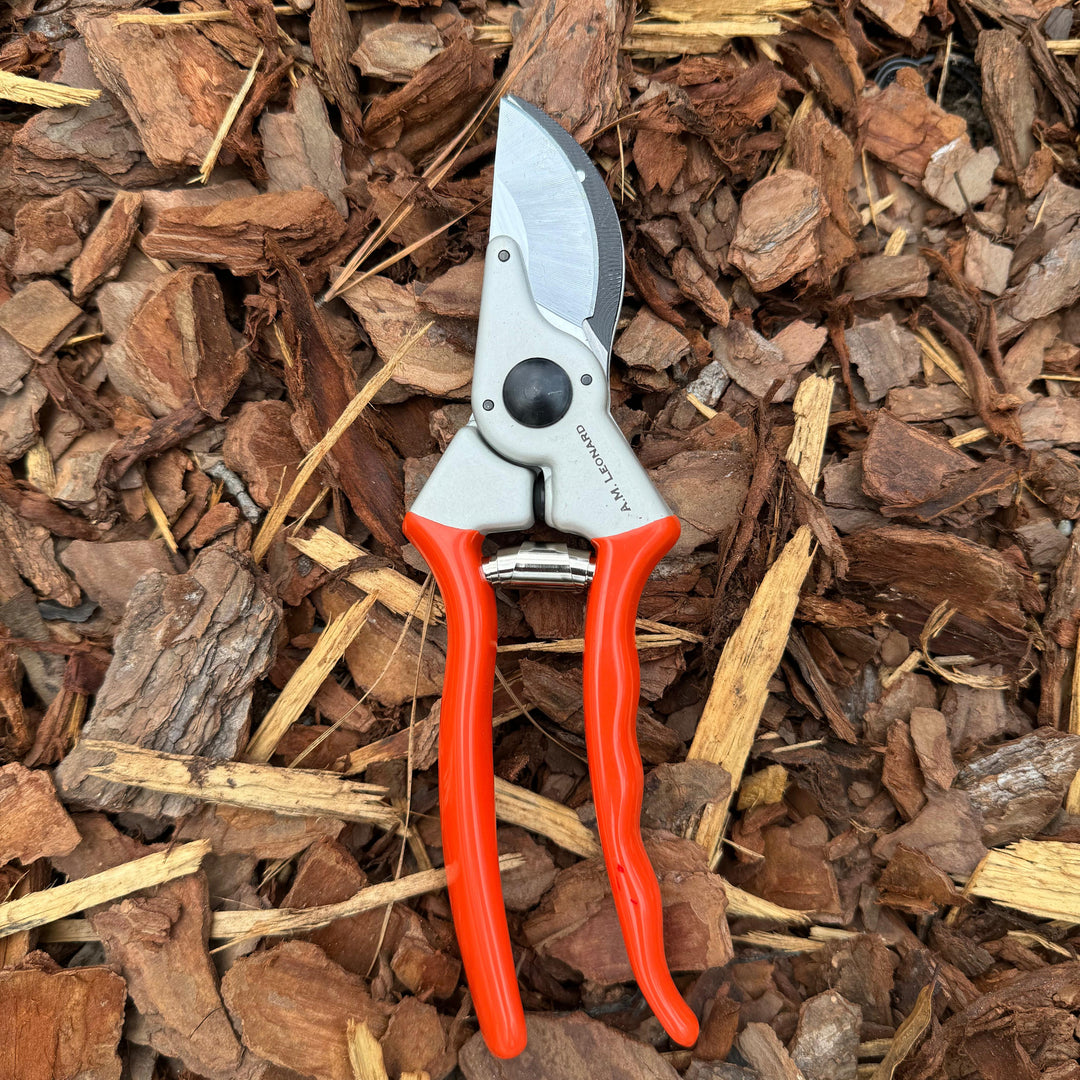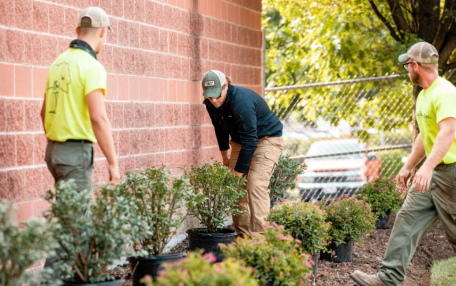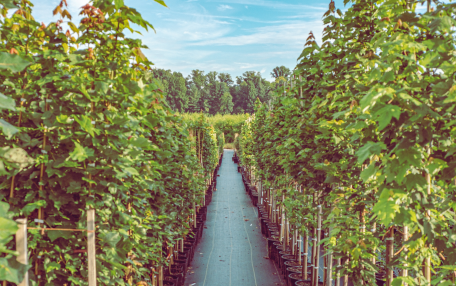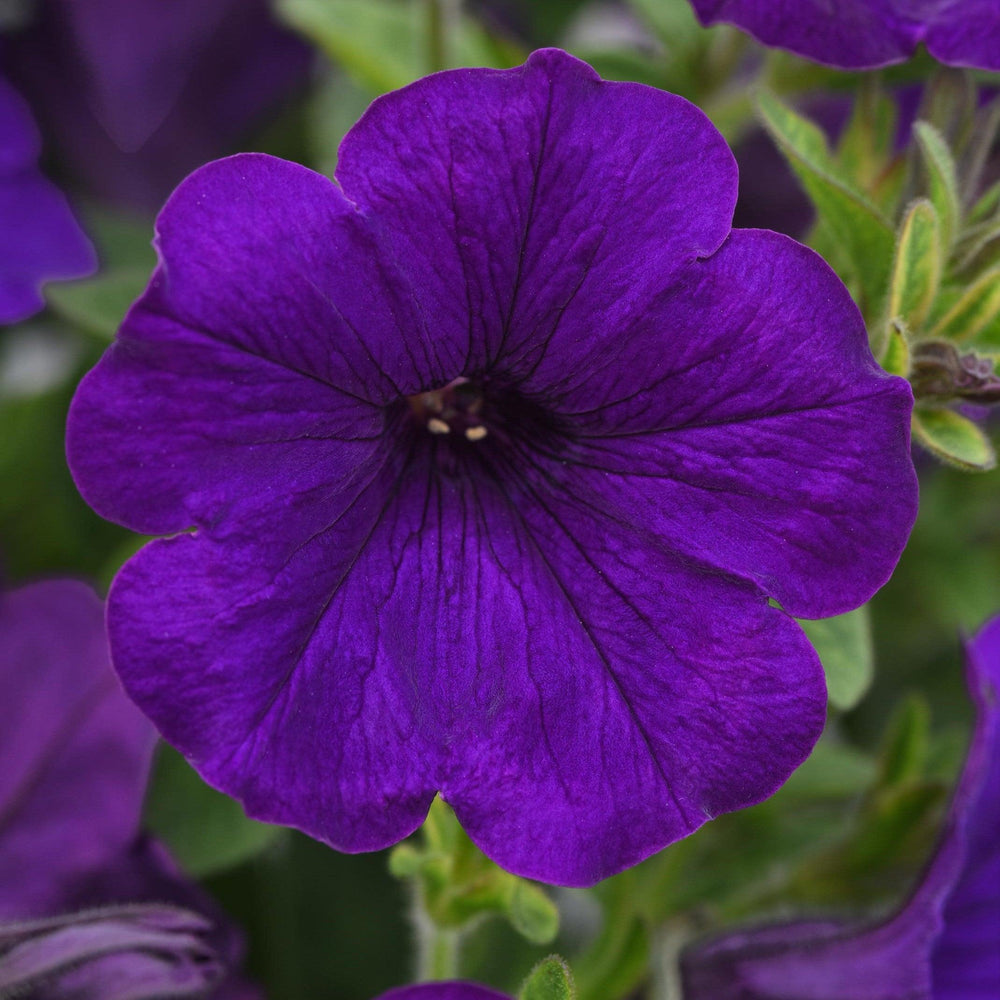Thelypteris Kunthii: An Overview of the Southern Wood Fern/Southern River Fern
When it comes to ferns, Thelypteris Kunthii is an exceptional species. It's commonly known as the Southern Wood Fern or the Southern River Fern and is found in many warm-temperate to tropical regions of the world.
This article delves into the taxonomy, morphology, importance, cultivation, and conservation of Thelypteris Kunthii, allowing readers to have a better understanding and appreciation for these fascinating ferns.
A Comprehensive Look at Thelypteris Kunthii

Taxonomy and Classification
Thelypteris Kunthii is a member of the Thelypteridaceae family, commonly known as the marsh fern family. This family mostly includes terrestrial ferns found in tropical and temperate regions. T. Kunthii, in particular, is classified as a fern of the genus Thelypteris, which comprises over 900 different species worldwide.
The classification of Thelypteris Kunthii has been a subject of debate among botanists for many years. Some experts have suggested that it should be reclassified as a member of the Dryopteridaceae family, while others argue that it should remain in the Thelypteridaceae family. However, recent genetic studies have confirmed its placement in the Thelypteridaceae family.
Distribution and Habitat
The Southern Wood Fern/Southern River Fern is native to North and Central America. In North America, it can be found primarily in the southeastern United States, particularly in states such as Texas, Louisiana, Mississippi, Alabama, Georgia, and Florida. This fern can also be found in some parts of Mexico. It grows in a variety of habitats, from wetland areas such as marshes and swamps to upland forests and meadows.
This fern is a versatile one that can grow in a variety of soil types, including sand, loam, and clay. It prefers moist, well-drained soil and can tolerate both partial shade and full sun.
Morphological Features
The Southern Wood Fern/Southern River Fern has unique fronds that emerge in a distinctive and beautiful way. The fronds are bipinnate, which means they have two sets of leaflets arranged on either side of the central stalk. Fronds can grow up to 4 feet tall and spread about 2 to 3 feet. The leaflets of the Southern Wood Fern are lance-shaped, with serrated edges and a bright green color.
The fronds are also covered in tiny hairs, which give them a soft and delicate appearance. These hairs help to protect the fern from excessive sunlight and water loss by reducing the amount of surface area exposed to the elements.
In the fall, the Southern Wood Fern produces spores on the underside of its fronds. These spores are an important means of reproduction for the fern, and they can be used to propagate new plants.
Uses and Benefits
The Southern Wood Fern has several uses and benefits. In traditional medicine, the fern has been used to treat a variety of ailments, including fever, diarrhea, and respiratory infections. The fern contains several bioactive compounds, including flavonoids and terpenoids, which have been shown to have anti-inflammatory and antioxidant properties.
It is also a popular ornamental plant and is often used in landscaping and gardening. Its unique fronds and delicate appearance make it a beautiful addition to gardens, patios, and indoor spaces. Additionally, the Southern Wood Fern is an important plant for wildlife, providing shelter and food for a variety of animals, including birds, insects, and small mammals.
Overall, Thelypteris Kunthii is a fascinating fern with a rich history and many uses and benefits. Its medicinal properties and importance to wildlife also make it an important plant for conservation efforts.
Importance of the Southern Wood Fern/Southern River Fern in Ecosystems

Role in Wetland and Riparian Habitats
The Southern Wood Fern is an essential plant species in wetland and riparian habitats. These habitats are crucial for many species of plants and animals, and the Southern Wood Fern plays a crucial role in regulating water flow and maintaining optimal ecological conditions.
One of the most important functions of the Southern Wood Fern is its ability to prevent soil erosion. The roots of the fern hold the soil together, preventing it from being washed away by rain or flooding. This is especially important in wetland and riparian habitats, where the soil is often unstable and prone to erosion.
In addition to preventing erosion, the Southern Wood Fern also helps to filter pollutants from water. As water flows through the ferns, they absorb harmful substances and trap them in their leaves and stems. This is important for maintaining the overall health of ecosystems, as it helps to prevent pollution from spreading to other areas.
Contribution to Biodiversity
Southern Wood Ferns are also an essential contributor to biodiversity. Biodiversity refers to the variety of different species that exist in an ecosystem, and it's important for maintaining the overall balance of different ecosystems. The Southern Wood Fern provides a habitat for a wide range of species, including insects, birds, and mammals.
These ferns are an essential source of food and shelter for many species. Insects, such as the southern pearly eye butterflies and the skipper butterflies, use the ferns as host plants for their eggs and larvae. Birds and mammals also use the ferns as nesting sites and shelter, especially when living near water sources. Atlanta area gardeners who plant these ferns are doing a wonderful thing for the local ecosystem.
Interactions with Wildlife
Southern Wood Ferns have many interactions with different wildlife species. Insects, such as the southern pearly eye butterflies and the skipper butterflies, use the ferns as host plants for their eggs and larvae. These insects are an important source of food for many species of birds and mammals.
Many mammals also use the ferns as nesting sites and shelter. For example, rabbits and squirrels often make their nests in the dense foliage of the ferns. This provides them with protection from predators and helps to regulate their body temperature.
In addition, by preventing soil erosion and filtering pollutants from water, these ferns help to create a stable and healthy environment for many different species.
Cultivation and Uses of Monrovia’s Southern Wood Fern
Propagation and Growth Requirements
Monrovia’s Southern Wood Fern is a beautiful and versatile fern that can be easily cultivated and propagated. This fern species thrives in well-draining soils that are kept consistently moist, and it prefers partial shade to full shade. If you are planning to grow this fern in your Atlanta area garden, it is recommended to source the rhizomes or spores from a reputable supplier to ensure the best results.
When propagating this fern, it is important to keep the soil consistently moist but not waterlogged. You can achieve this by using a well-draining soil mix and watering regularly. The fern can be grown in both containers and in-ground settings, making it a versatile addition to any garden or landscape.
Landscaping and Ornamental Applications
Monrovia’s Southern Wood Fern is a popular species in landscaping and ornamental uses in the greater Atlanta area because of its beautiful foliage. The fern's fronds are a bright green color and have a delicate, lacy appearance. This makes it a great choice for adding texture and contrast to gardens, and it can be used as a border plant or part of a mixed container arrangement.
One of the great things about this fern is that it works well in a variety of garden schemes. It is particularly well-suited to cottage, wild, and woodland gardens, where it can be grown alongside other ferns, hostas, and shade-tolerant perennials.
Conservation and Threats to the Southern Wood Fern
Habitat Loss and Fragmentation
Like many other plant species, the Southern Wood Fern is threatened by habitat loss and fragmentation. Human developments, particularly the construction of buildings and roads, have caused the fragmentation of the fern's natural habitats, leading to a reduced number of suitable places for growth and reproduction.
Fortunately, growers like Monrovia are preserving the Southern Wood Fern so it can continue to beautify Atlanta area gardens.
Invasive Species and Competition
This fern is also threatened by competition from non-native and invasive plant species that outcompete the fern for resources like nutrients and water. This competition reduces the ability of the Southern Wood Fern to thrive and reproduce, ultimately causing a reduction in the population numbers of this vital species.
Climate Change Impacts
Lastly, just like many other plant species, the Southern Wood Fern is also vulnerable to the effects of climate change. As temperatures rise, many species may shift their distributions, leading to further fragmentation or even local extinction. Additionally, changes in precipitation patterns may negatively affect the success of the fern's reproduction and cause further trouble in the long-term survival of the species as a whole.
Conclusion
Monrovia’s Southern Wood Fern/Southern River Fern, has many notable features, including its unique fronds, importance to ecosystems, ornamental uses, and medicinal properties. Conservation efforts and monitoring are paramount to ensuring that this special plant species continues to thrive for generations to come.
Click here if you’d like to purchase this plant.

If you need any advice or tricks/tips in creating the garden of your dreams, we are here to make those dreams come true! Connect with us here, or chat with us via the chat button on the bottom of any page on our website.
To create a landscape that gives you joy every time you walk out your door or look out your window, it’s important to have a design plan in place. Learn more about our elite Designer Marketplace platform, which allows you to select easily from a list of expert landscape designers, landscape architects, and more.
Click here to view more plants from the beautiful Monrovia® collection.

